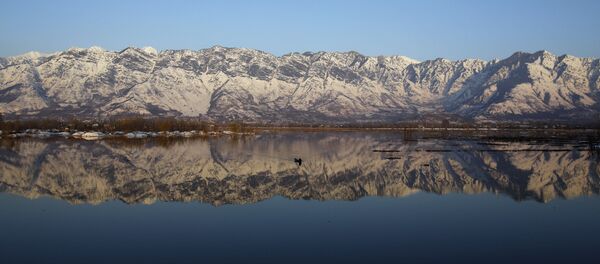The two latest ruptures, which occured on February 20 and March 7, took place not long after a large iceberg the size of three soccer fields separated from the Grey Glacier in November 2017. The glacier is located west of the Cordillera del Paine, a mountain group in Chile's Torres del Paine National Park in the region of Patagonia.
"There is a greater frequency in the occurrence of break-off in this east side of the glacier, and more data is required to assess its stability," Ricardo Jaña, a researcher at the Chilean Antarctic Institute (INACH), told Reuters.
The most recent breaks could have been the result of "temperature rises above the normal average and intense rainfall," he also noted. Calving is the term used to refer to the natural process by which glaciers lose mass, often due to wind or water erosion or melting ice, which usually results in rising sea levels.
Last year, Chile's National Forest Corporation (CONAF) shared photos of the 2017 rupture on its website.
At the time, Jaña noted that iceberg detachments are "expected." However, the iceberg resulting from that break was 350 meters long and 380 meters wide, dimensions that were "much larger than normal."
The news of the recent ruptures comes amid multiple reports that ice deposits around the world are decreasing.
In a study published last month, glaciologists from the University of California, Irvine, NASA's Jet Propulsion Laboratory and the Netherlands' Utrecht University used aerial photographs, satellite measurements and computer models to determine that Antarctica's ice is melting more than six times faster than it did in the 1980s.
Another report published last month in the journal Geophysical Research Letters revealed — using spaceborne optical satellite imagery — that North America's glaciers are disappearing at four times the rate previously believed.



